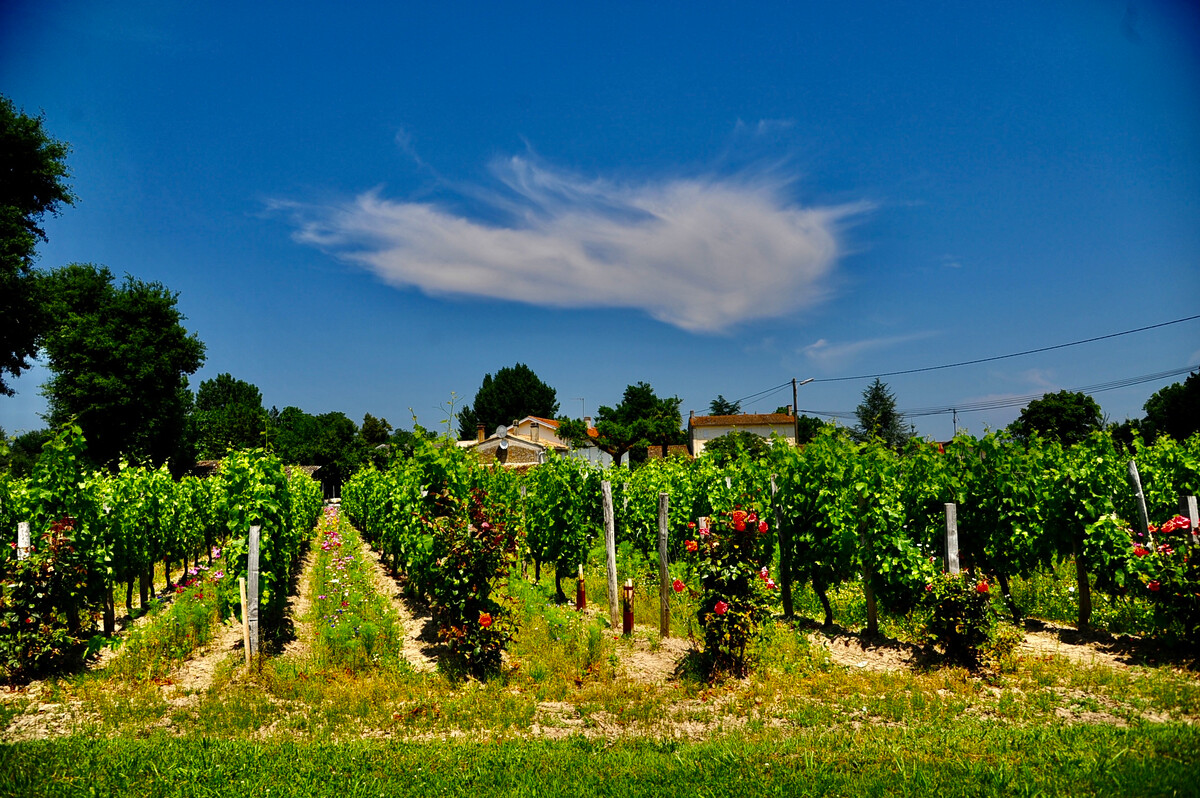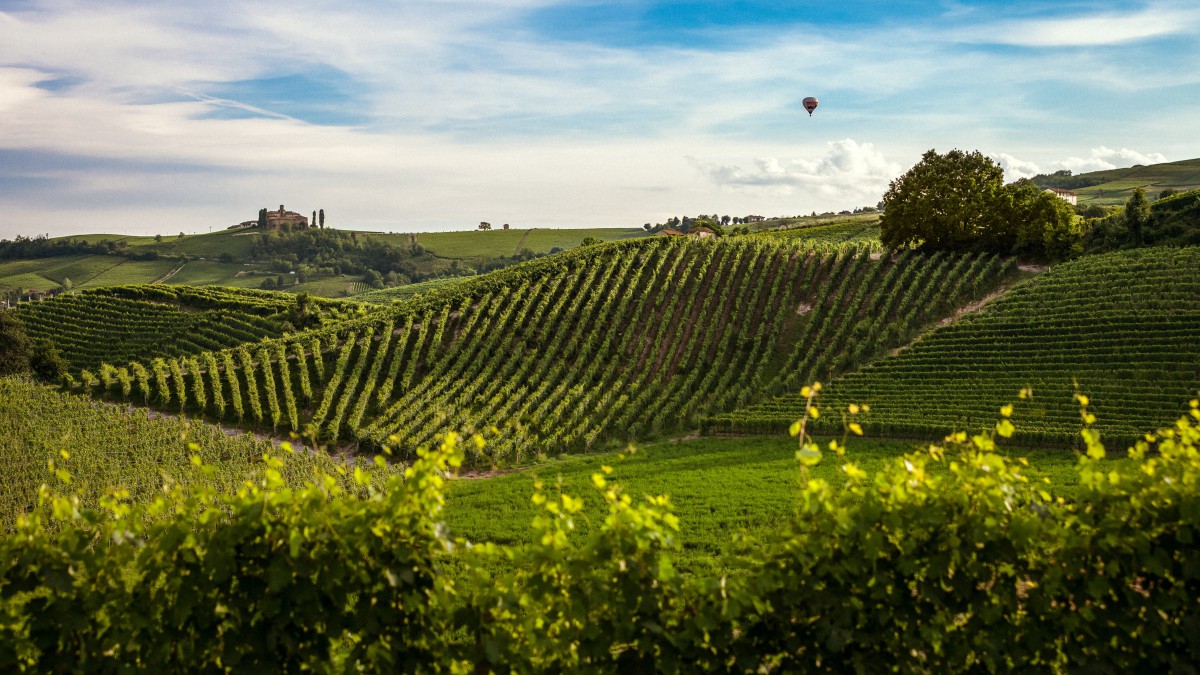

— Blogs —
—Products—
 Consumer hotline +8618073152920
Consumer hotline +8618073152920 WhatsApp:+8615367865107
Address:Room 102, District D, Houhu Industrial Park, Yuelu District, Changsha City, Hunan Province, China
Product knowledge
Time:2024-01-19 11:30:31 Popularity:1058
Grapes are a global fruit with major production areas in the following regions:
1. Europe: Europe is one of the major producing areas for grapes, especially in countries such as France, Italy, Spain and Portugal. These countries are suitable for the growth of grapes due to their unique climatic conditions and soil types, and are well known in the world.

2. North America: North America is also an important producer of grapes, especially the United States and Canada. The Napa Valley in California is known as one of the world's most famous wine regions, and other areas such as Oregon, Washington and New York also have important grape-growing areas.
3. South America: Argentina and Chile in South America are famous grape-producing regions, especially Mendoza in Argentina (Mendoza) and the Central Valley (Valle Central) region in Chile, known for producing quality wines.
4. South Africa: South Africa is also one of the major producers of grapes, especially Stellenbosch and the area around Cape Town. South African wines are influential in the international market.
5. Australia and New Zealand: Australia and New Zealand are also important grape producing regions. Barossa Valley in Australia and Hunter Valley in New South Wales, as well as the Marlborough region in New Zealand, are well known wine-growing areas.

In addition to these major growing regions, grapes are also grown in other parts of the world, such as South Asia, East Asia, the Middle East and some parts of Africa. Each region has its own unique climatic conditions and soil characteristics, providing a different environment for the growth of grapes.
What are the specific indicators of the grape growing process monitored by weather stations?
Specific indicators of the grape growing process monitored by weather stations mainly include temperature, humidity, rainfall, wind speed, wind direction, hours of sunshine and other meteorological elements. These indicators are of great significance to the growth and management of grapes, such as temperature and humidity can affect the germination, growth and flowering of grapes, rainfall and wind speed can affect the pollination and fruiting of grapes, and the number of hours of sunshine can affect the photosynthesis and sugar accumulation of grapes. By monitoring these indicators, farmers can keep abreast of the growth condition of grapes and take corresponding management measures to improve the quality and yield of grapes.
Weather stations have the following roles and values in grape growing:
1. Providing accurate temperature data: Grapes are a temperate crop with high temperature requirements. Weather stations can provide accurate temperature data to help vineyard managers understand current temperature conditions and future temperature trends. This is important for the critical stages of grape growth and development, flowering and fruit ripening. Grape varieties have different temperature ranges, and with the data provided by the weather station, vineyard managers can choose the right varieties, as well as take timely measures to protect the grapes from low or high temperatures.
2. Predicting precipitation: Grapes have a high demand for water and the right amount of precipitation is very important for their growth. Weather stations can provide precipitation data to help vineyard managers understand current precipitation and future precipitation trends. This helps rationalize irrigation schedules and water management to meet the water demand of grapes and ensure normal growth and development.
3. Predicting the outbreak and spread of pests and diseases: Certain pests and diseases are more likely to reproduce and spread under certain meteorological conditions. By analyzing the data provided by weather stations, vineyard managers can predict the probability of occurrence and spread of pests and diseases, and take timely and appropriate control measures to protect the health and yield of the grape crop.
4. Determine the appropriate harvest time: The timing of the grape harvest is critical to the quality and flavor of the grapes. Appropriate climatic conditions encourage sugar accumulation and flavor maturation in the grape berries. With data from weather stations, vineyard managers can determine the right time to harvest for optimal grape quality.

5. Supporting the wine industry: The wine industry is very sensitive to meteorological conditions. Specific climatic conditions can affect the quality and taste of grapes, and therefore the flavor of wine. Accurate meteorological data provided by weather stations can help wine producers to select suitable grape varieties and planting areas, as well as to determine the optimal time for grape harvesting and vinification.
In summary, the weather station has an important role and value in grape growing. It provides accurate temperature data, precipitation forecasts, pest and disease warnings, and other information to help vineyard managers formulate planting plans, irrigation management, and pest and disease control strategies. This information is critical for grape growth and development, quality control and the development of the wine industry.
Prev:Agricultural weather stations used in cotton cultivation
Next:Agricultural Weather Stations Used in Coffee Bean Cultivation
Related recommendations
Sensors & Weather Stations Catalog
Agriculture Sensors and Weather Stations Catalog-NiuBoL.pdf
Weather Stations Catalog-NiuBoL.pdf
Related products
 Combined air temperature and relative humidity sensor
Combined air temperature and relative humidity sensor Soil Moisture Temperature sensor for irrigation
Soil Moisture Temperature sensor for irrigation Soil pH sensor RS485 soil Testing instrument soil ph meter for agriculture
Soil pH sensor RS485 soil Testing instrument soil ph meter for agriculture Wind Speed sensor Output Modbus/RS485/Analog/0-5V/4-20mA
Wind Speed sensor Output Modbus/RS485/Analog/0-5V/4-20mA Tipping bucket rain gauge for weather monitoring auto rainfall sensor RS485/Outdoor/stainless steel
Tipping bucket rain gauge for weather monitoring auto rainfall sensor RS485/Outdoor/stainless steel Pyranometer Solar Radiation Sensor 4-20mA/RS485
Pyranometer Solar Radiation Sensor 4-20mA/RS485
Screenshot, WhatsApp to identify the QR code
WhatsApp number:+8615367865107
(Click on WhatsApp to copy and add friends)
